 Check out the PRiME 2016 award winners for best paper, best poster, and best presentation.
Check out the PRiME 2016 award winners for best paper, best poster, and best presentation.
Saya Takeuchi
Best Oral Presentation Award
Challenges in Advanced Analytical Tools and Techniques for Batteries: A Symposium in Honor of Prof. Zempachi Ogumi
Focused Ion Beams for Lithiation of High Capacity Host Materials for Negative Electrodes
Jingshu Hui
Best Oral Presentation Award
Challenges in Advanced Analytical Tools and Techniques for Batteries: A Symposium in Honor of Prof. Zempachi Ogumi
Layer Number Dependence of Li+ Intercalation on Few-Layer Graphene and Electrochemical Imaging of Its Solid-Electrolyte Interphase Evolution
Munekazu Motoyama
Best Oral Presentation Award
Challenges in Advanced Analytical Tools and Techniques for Batteries: A Symposium in Honor of Prof. Zempachi Ogumi
In-Situ Scanning Electron Microscope Observations of Electrochemical Li Deposition and Dissolution at Lipon/Pt, Au Interfaces
Koji Kitada
Best Poster Presentation Award
Challenges in Advanced Analytical Tools and Techniques for Batteries: A Symposium in Honor of Prof. Zempachi Ogumi
Inhomogeneous-Lithiation/Homogeneous-Delithiation Occurring in the Composite Electrode at Continuous Cycling
Melike Baytekin-Gerngross
Best Student Talk Award
Pits & Pores 7: Nanomaterials – Fabrication Processes, Properties, and Applications
Chemical Sculpturing of Al Micro-Particles for Polymer Composites and Universal Polymer-Polymer Joints


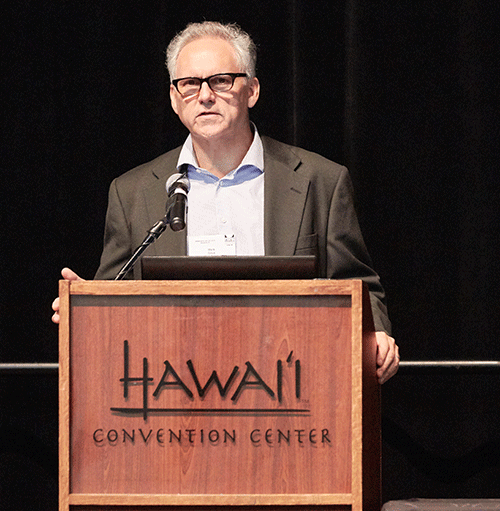
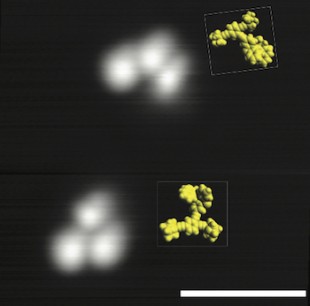
 Earlier this fall, the nonpartisan nonprofit
Earlier this fall, the nonpartisan nonprofit 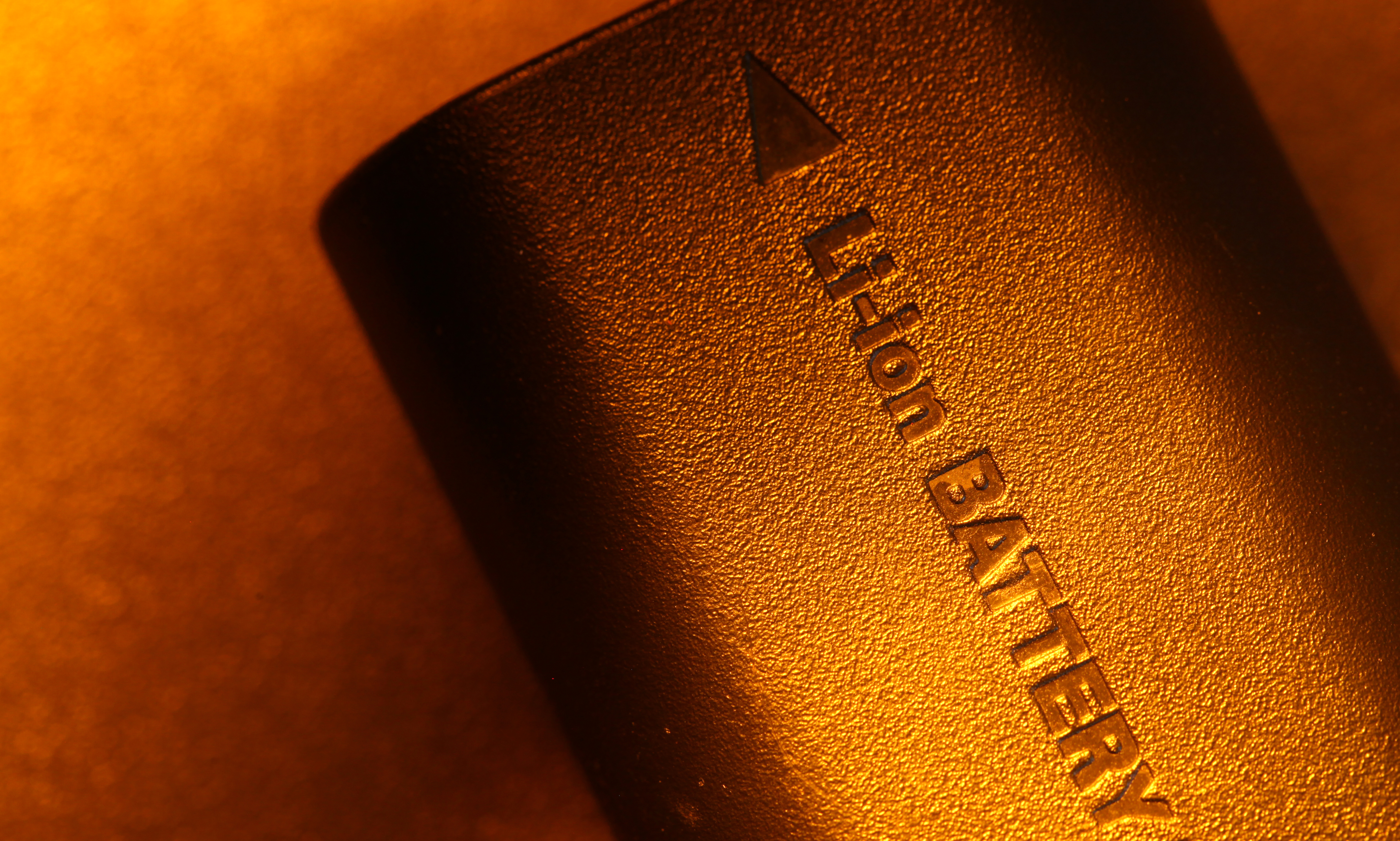
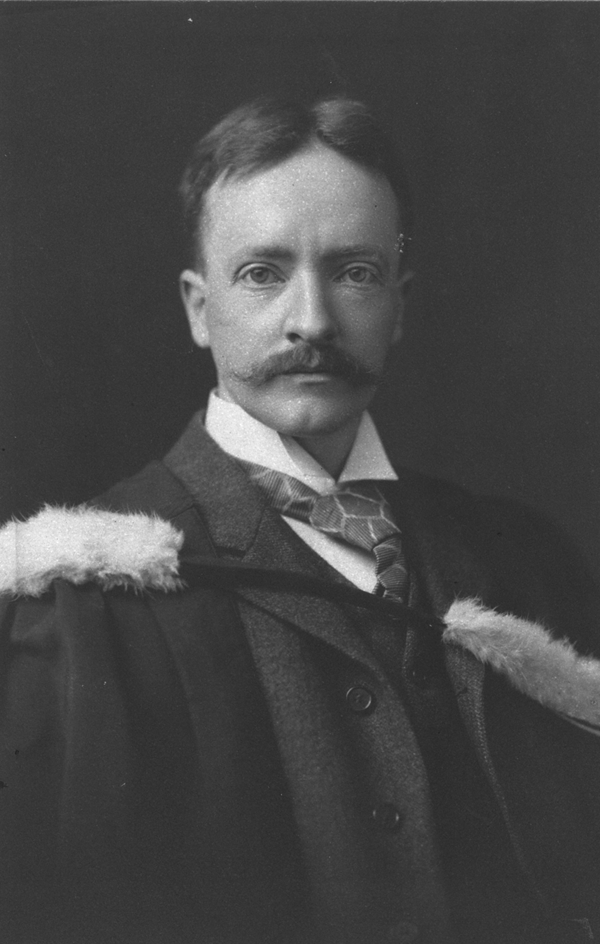 Canada Section W. Lash Miller Award
Canada Section W. Lash Miller Award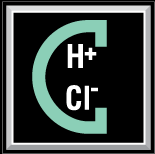 The Corrosion Division is currently accepting nominations for the following two awards:
The Corrosion Division is currently accepting nominations for the following two awards: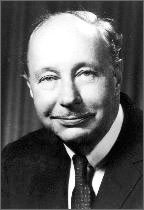 Herbert H. Uhlig Award
Herbert H. Uhlig Award Researchers are shedding new light on cell biology with the development of a graphene sensor to monitor changes in the mitochondria.
Researchers are shedding new light on cell biology with the development of a graphene sensor to monitor changes in the mitochondria.